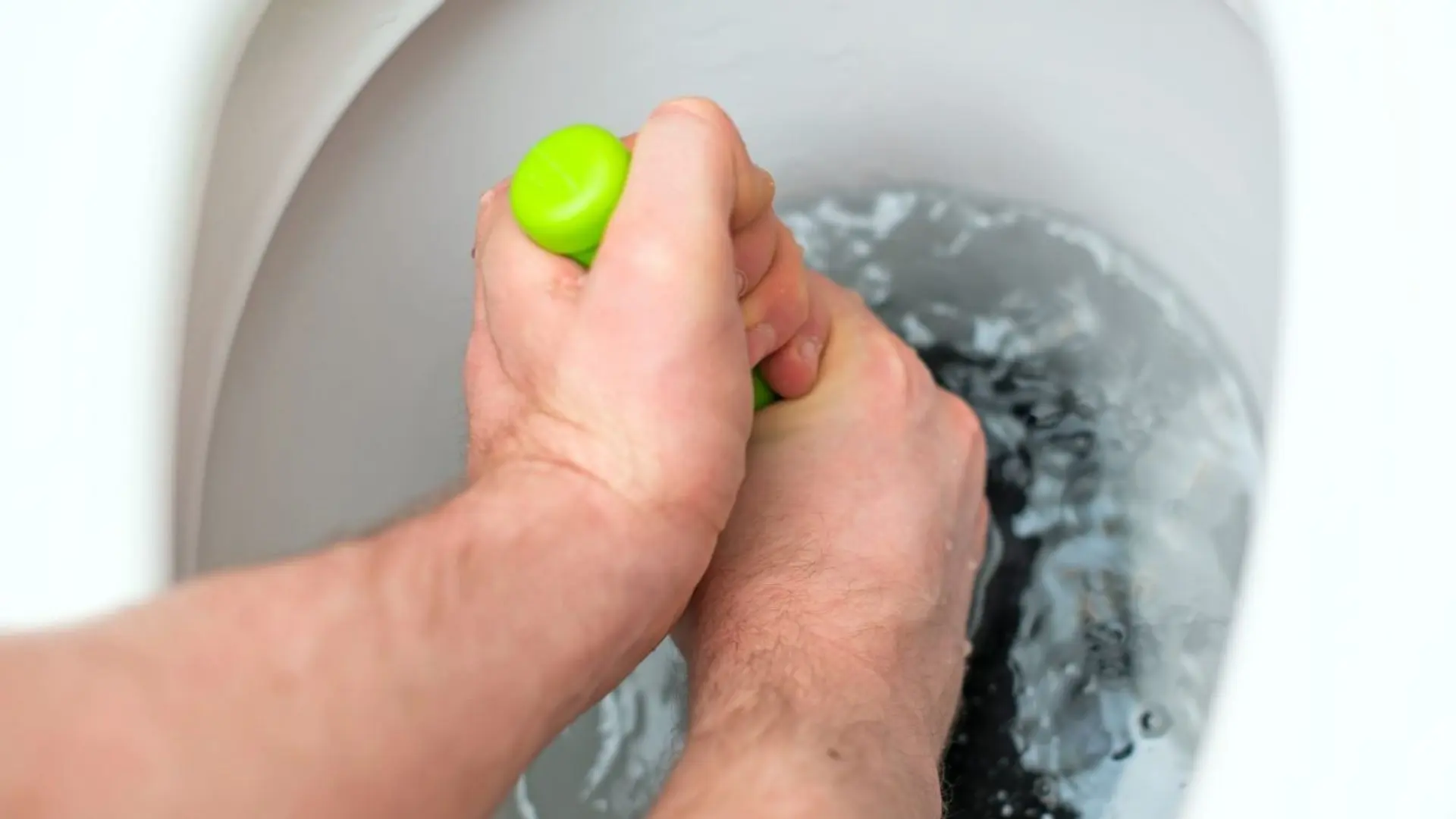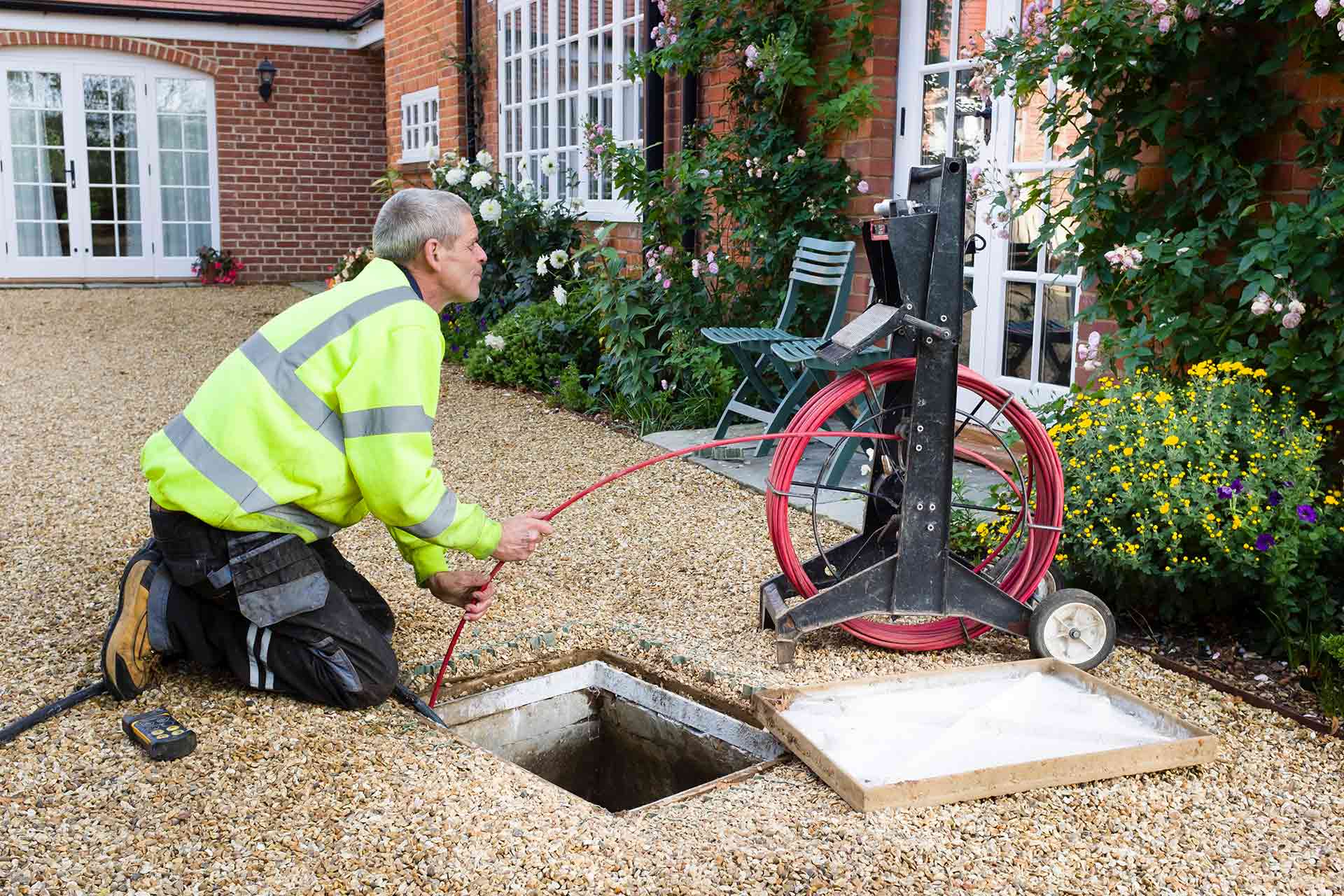Guidelines for Handling a Blocked Drain Before Seeking Professional Assistance
Guidelines for Handling a Blocked Drain Before Seeking Professional Assistance
Blog Article
What are your thoughts and feelings about How to handle a clogged drain in your home?

Introduction
Dealing with a blocked drainpipe can be a discouraging experience, interfering with everyday activities and potentially triggering damages to your residential property. However, before connecting to pipes professionals, there are actions you can require to deal with the concern on your own. In this guide, we'll check out do it yourself remedies and preventive measures to deal with an obstructed drainpipe effectively.
Identifying the Problem
The primary step in addressing a blocked drain is recognizing the signs. Sluggish drainage, gurgling sounds, foul odors emanating from drains, or water backing up prevail signs of a blocked drain. Determining these indicators early can assist avoid further difficulties.
Typical Sources Of Obstructed Drains
Comprehending the aspects that contribute to drain pipes obstructions is necessary for effective resolution. Common culprits consist of hair, soap residue, grease, food debris, and foreign items like sanitary items or paper towels. Tree roots attacking underground pipes can likewise create considerable clogs.
DIY Solutions
For small obstructions, a number of do it yourself solutions can be effective. Pouring boiling water down the drain can aid liquify oil and debris. Baking soda and vinegar or a mix of salt and baking soda can work as all-natural cleansers. Using a plunger or pipes serpent to dislodge blockages is an additional choice.
Tools and Tools
Having the right devices handy can make do it yourself drainpipe cleaning up extra efficient. A bettor is a functional device for removing clogs in sinks, toilets, and showers. A pipes serpent or auger can get to much deeper clogs, while drain cleaning chemicals can be made use of meticulously for persistent blockages.
Preventive Measures
To avoid future obstructions, adopting safety nets is essential. Mount drainpipe guards or strainers to catch hair and particles before they get in the pipelines. Frequently flush drains with warm water to liquify grease buildup, and avoid getting rid of oil or solid waste down the tubes.
When to Call a Professional
While DIY options can deal with minor clogs, particular indicators indicate the need for specialist aid. Relentless clogs, foul odors regardless of cleaning initiatives, or multiple drains pipes supporting at the same time are warnings that require skilled treatment.
Picking the Right Plumbing Service
When picking a pipes service, take into consideration variables such as experience, licensing, and consumer testimonials. Pick a trustworthy plumbing technician with a track record of high quality handiwork and transparent rates methods.
Cost Factors to consider
The expense of professional drainpipe cleaning company can differ depending upon the seriousness of the obstruction and the plumber's rates. Demand quotes from numerous carriers and ask about any added fees to guarantee transparency and stay clear of shocks.
Safety and security Measures
When attempting DIY drain cleaning, focus on safety and security. Wear safety gloves and glasses to avoid contact with hazardous chemicals or bacteria. Never ever blend various drainpipe cleansing items, as this can produce harmful fumes.
Instance Researches
Real-life examples illustrate the effectiveness of do it yourself services and the significance of prompt expert treatment in solving drain clogs.
Verdict
By adhering to the tips detailed in this guide, you can efficiently deal with obstructed drains pipes and avoid future plumbing problems. Whether choosing do it yourself remedies or looking for specialist support, prompt activity is essential to maintaining a healthy plumbing system and preserving the integrity of your home.
How to Clear a Clogged Drain Yourself (And When to Call In the Professionals)
What Can Clog a Drain
Dirt Skin flakes Hair Grease Soap scum Food Offset pipes Tree roots Small objects Mineral buildup DIY Tricks to Unclog a Drain
You can fix this! Once you have identified the source of the clog (or have a vague idea), you can try one or a combination of these fixes in order to clear your plumbing.
Wire Hanger or Snake
Untangle and clear out hair from a drainpipe with a homemade snake. Use a straightened-out wire hanger with a 90-degree angle hook to locate the clog and drag out any unwanted material.
Remember not to push the clog further down to where the wire hanger cannot reach! If you need to follow up with a plunger, give it a try. Your efforts might be more successful after it’s been wire-snaked.
If you want to get fancy and don’t have a wire hanger to spare, head to the store and pick up a hand-operated drain snake. You can get one for $10-$30. It may save you the hassle, and provide additional length to reach deep into the clogged pipe.
Plunger
A cup plunger has a suction cup attached to a wooden handle. The rubber creates a seal around the drain, and increases the pressure force of the plunger.
Plunge for 30-second increments to loosen the clog. This may need to be repeated over the course of 15-20 minutes. Once plunged, run the water to flush the remaining material out of the drain.
Remember– never use a plunger if you have used a chemical drain cleaner. These chemicals can splash up from the force of the plunger and cause serious injury or burns.
Boiling Water
Hot water can sometimes break up materials into a flushable amount. Dirt, grease, and soap buildup requires heat in order to unstick from surfaces.
Take your kitchen kettle and heat your water to a boil. Once it reaches a rolling boil, pour it directly down the drain into the blockage. Carefully follow with plunging, if necessary.
Don’t worry if this takes more than one try! It can often take multiple kettles and repeated plunging in order to clear a particularly stubborn clog.
Chemical Drain Cleaner
As a last resort, pick up a bottle of chemical drain cleaner. Drain-cleaning chemicals are potent, and not very good for the environment.
You may need to wear protective eyewear in gloves before handling your bottle of chemical drain cleaner. Follow the instructions printed on the bottle, and flush with water as soon as the instructions allow. Do not follow with plunging.
Baking Soda and Vinegar
As a safer alternative to chemical drain cleaner, baking soda and vinegar can create a chemical reaction that clears tough clogs.
Combine one cup of cleaning vinegar with one cup of boiling water, and set aside. Once you have done this, pour half a cup of baking soda down the drain. Give the baking thirty seconds to settle and cover a large portion of the problem drain.
Following the baking soda, pour down your vinegar and hot water solution. Once the vinegar and baking soda combine, the mixture will bubble and fix. Let this reaction fizzle in the drain for about an hour.
After an hour, follow with a kettle’s worth of hot water. The heat and liquid should flush out any remaining material.
When to Call a Plumber
If your DIY attempts haven’t cleared your clog drain, it’s time to call in a professional. It’s not worth losing access to your kitchen sink or high-traffic bathroom. A clog in a vital area can keep you from the things you’d rather be doing, and derail your routine.
Anytime a clog is causing water to spread is a time to call in a plumbing service. What starts out as a little bit of water can quickly grow into serious, expensive water damage.
Additionally, a serious clog can result in burst pipes or serious leaks. Make sure you know when to take it seriously!
https://myguysnow.com/how-to-clear-a-clogged-drain-yourself-and-when-to-call-in-the-professionals/

I hope you enjoyed reading our section on What I learned from trying to deal with a clogged drain. Thank you so much for taking the time to read our post. Enjoyed reading our piece of writing? Please quickly share it. Let another person discover it. We enjoy your readership.
Contact Us Now Report this page